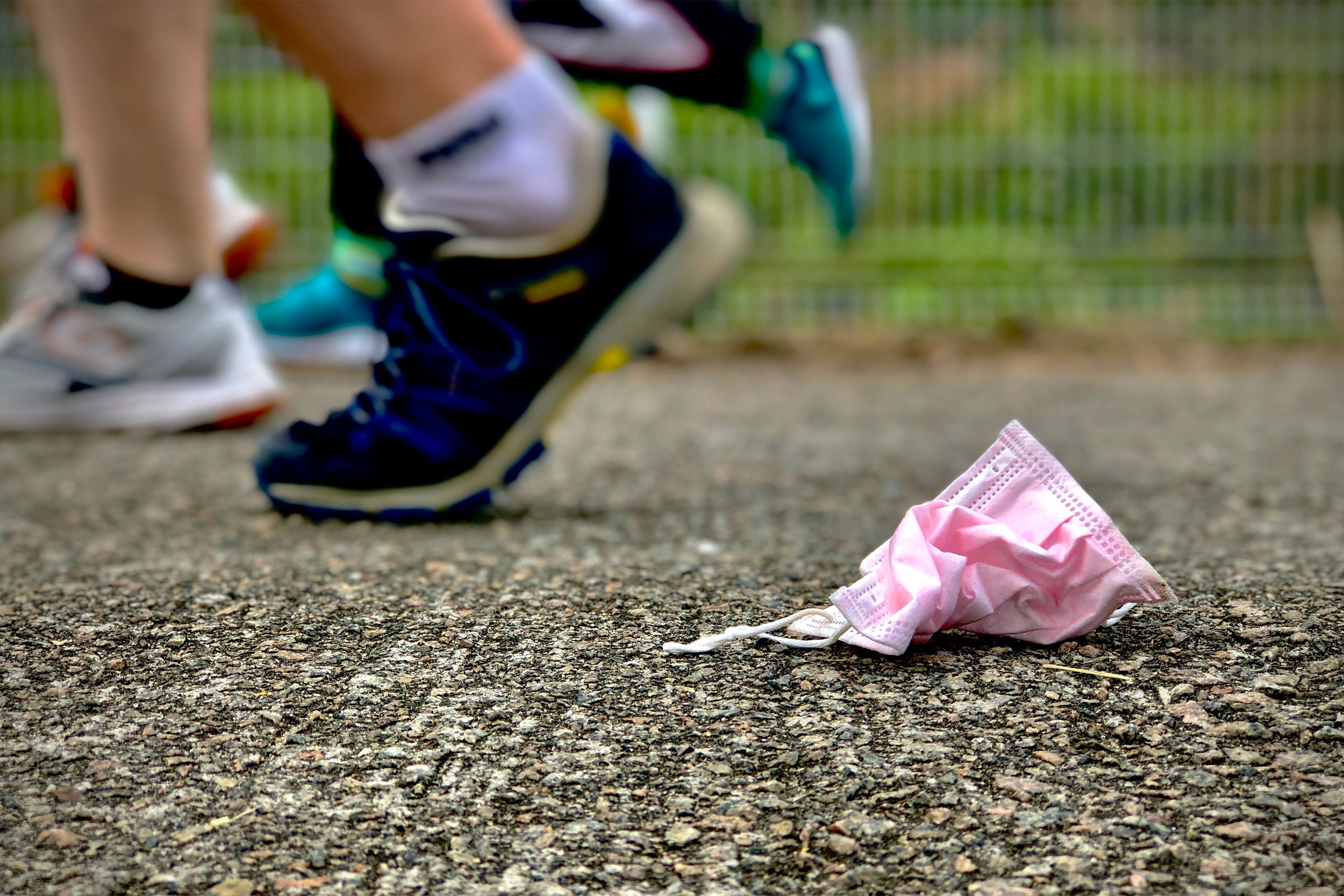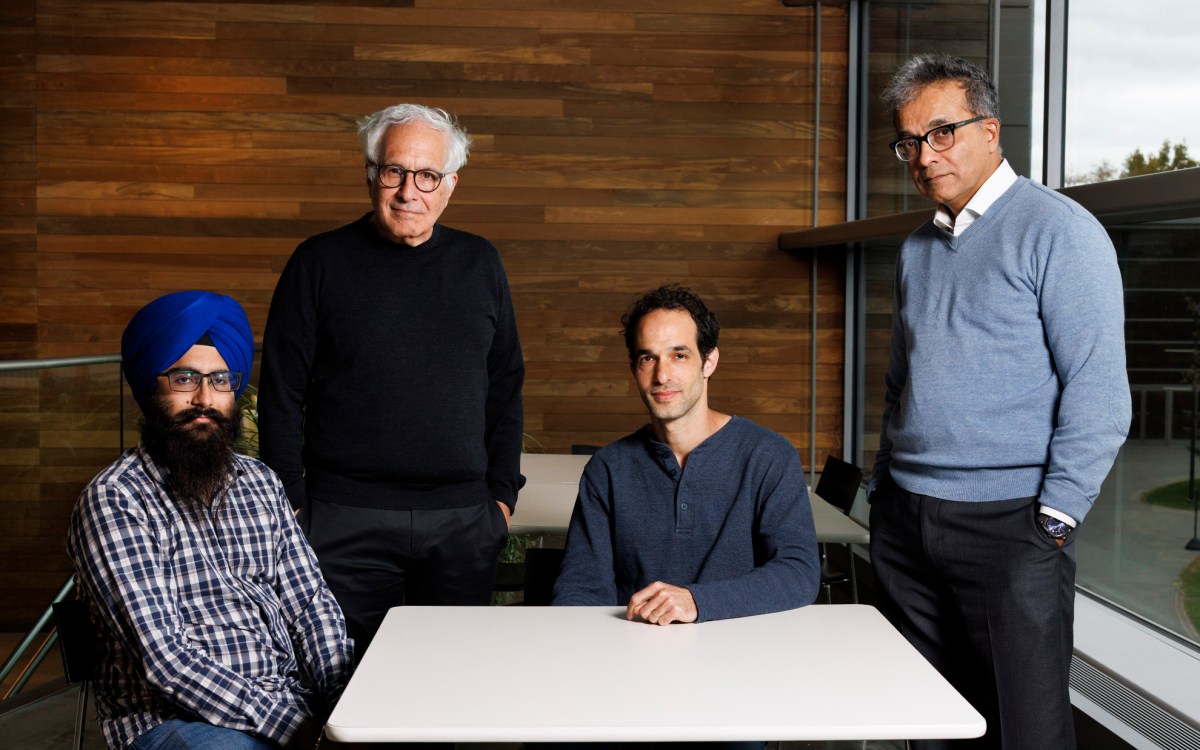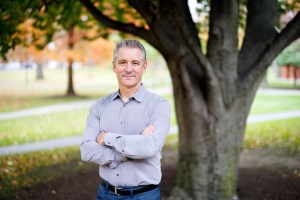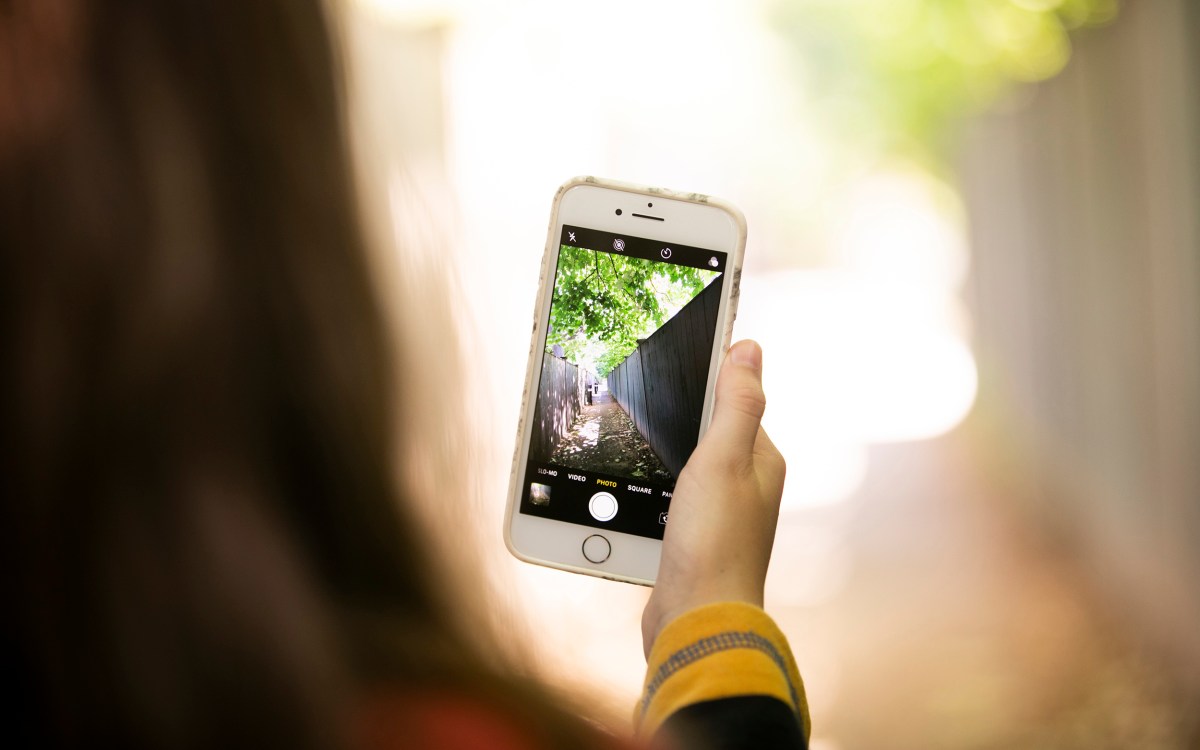
Pop Zebra/Unsplash
Lockdown? What lockdown?
Cellphone data shows Americans moving around at near pre-pandemic rates
This is part of our Coronavirus Update series in which Harvard specialists in epidemiology, infectious disease, economics, politics, and other disciplines offer insights into what the latest developments in the COVID-19 outbreak may bring.
The coronavirus lockdown is a thing of the past for most Americans, according to a Harvard epidemiologist who said anonymized mobility data from personal cellphones shows that movement across America has returned to near pre-pandemic levels.
Caroline Buckee, an associate professor of epidemiology at the Harvard T.H. Chan School of Public Health, said the data, collected as part of the COVID-19 Mobility Data Network, of which she is among the leaders, shows that Americans began moving more several weeks ago.
“Mobility data suggest people are moving around in nearly normal ways, although that … varies by region,” Buckee said. “And that started several weeks ago. It foreshadows the uptick in cases that we’re seeing in many parts of the country, for sure.”
While the mobility data is informative, particularly in that it gives a real-time view of how people are moving, it isn’t a perfect snapshot of people’s behavior or of the virus’ transmission, Buckee said. While it can tell us how much people are moving around, it can’t tell us whether people are taking other steps, such as wearing masks or washing hands, which could mitigate spread of SARS-CoV-2.
That increased movement has come as state governments have eased stay-at-home and other social-distancing restrictions. Some states, such as those hard-hit in the Northeast, have only slowly relaxed restrictions as cases decline, but other states reopened their economies and eased restrictions even though cases had only plateaued or were still increasing. Buckee said that the rise in cases in the South and Southwest, and in particular Florida, Texas, and Arizona, aren’t from an early second wave, but rather are still part of the virus’ first wave, which moved into those states slowly and now, with eased restrictions, show signs of taking off.
“As a nation, we’re still very much in the first surge of this outbreak,” Buckee said. “Are we winning the fight against COVID in this country? I think that’s demonstrably false. We’re really struggling.”
Buckee, who spoke at a Facebook Live event, “The Coronavirus Pandemic: What’s Next,” hosted by The Forum at Harvard T.H. Chan School of Public Health and PRI’s “The World,” said it’s clear that the rapidly expanding numbers of cases in the South, Southwest, and Southeast are not an artifact of more testing, as some leaders have said, but “a real epidemiological uptick.”
“Are we winning the fight against COVID in this country? I think that’s demonstrably false. We’re really struggling.”
Caroline Buckee, Harvard Chan School
That uptick has characteristics that differ from other parts of the country, with the age of those testing positive for the virus falling, Buckee said. Researchers don’t know whether that is just due to expanded testing efforts reaching younger people, older people being aware of the risks and staying home, or another reason.
Buckee said this is a difficult time to be in a risk group for COVID-19. Society may be opening up, but the elderly and those with underlying conditions should continue to limit contacts, particularly with those who may be interacting a lot and not taking precautions.
Looking ahead, she said, data that can guide school-reopening decisions here may become available from southern hemisphere nations that are reopening and allowing children to attend school. The data is needed because there are still many unknowns about how SARS-CoV-2 affects the young. They appear to be less likely to become infected and develop severe disease. Less clear, but crucial to understand, is how likely they are to transmit the disease even if suffering a mild case. The answers are important not only to parents and grandparents at home, but also to teachers, administrators, and other school staff, Buckee said.
College dormitories are another area of concern, Buckee said. Several colleges have announced plans to open their dormitories and hold in-person classes in the fall, using enhanced testing to catch outbreaks before they become widespread. Despite that commitment to ramped-up testing, Buckee said dorms are exactly the kind of environment in which rapid transmission can occur.
“Yes, having frequent testing is a good idea — and taking precautions as best as we can — but I still think that it’s something we will want to watch very carefully because we know it will lead to transmission if a virus gets into a dorm setting,” Buckee said.
As society reopens, Buckee said that everyone needs to assess risks according to their own circumstances. She added that she personally isn’t going to restaurants or bars anytime soon.







